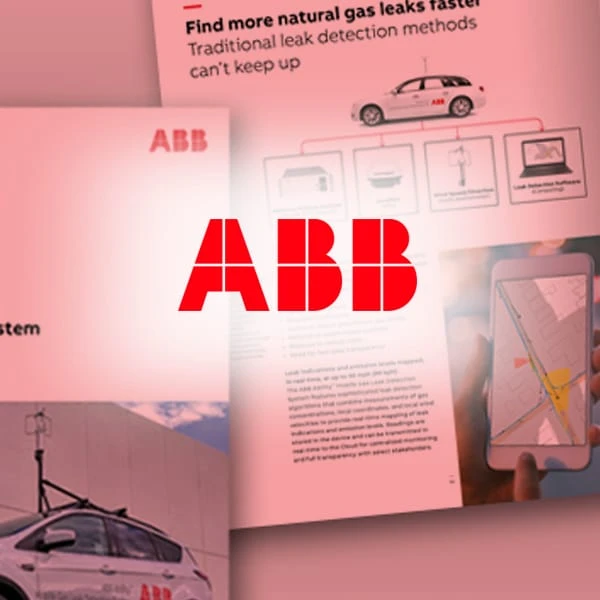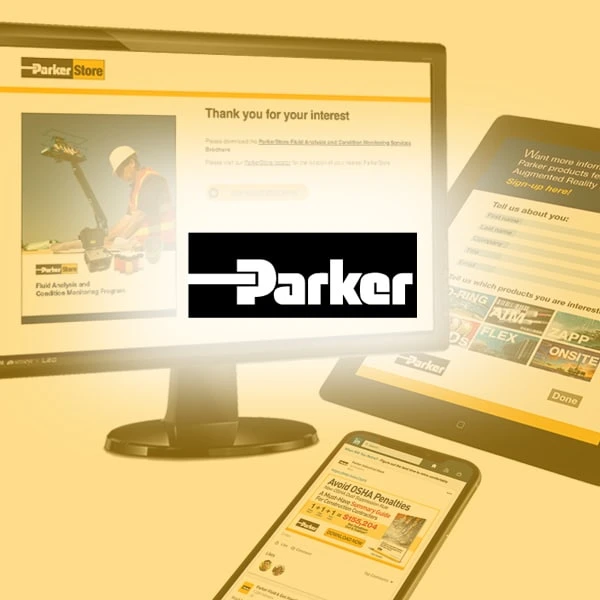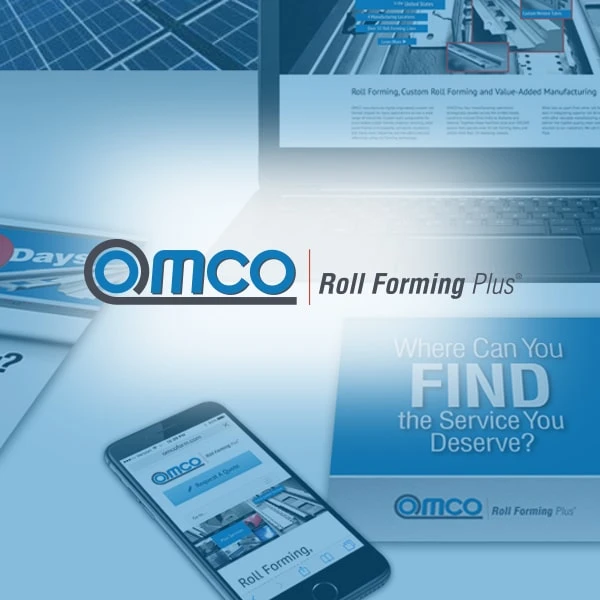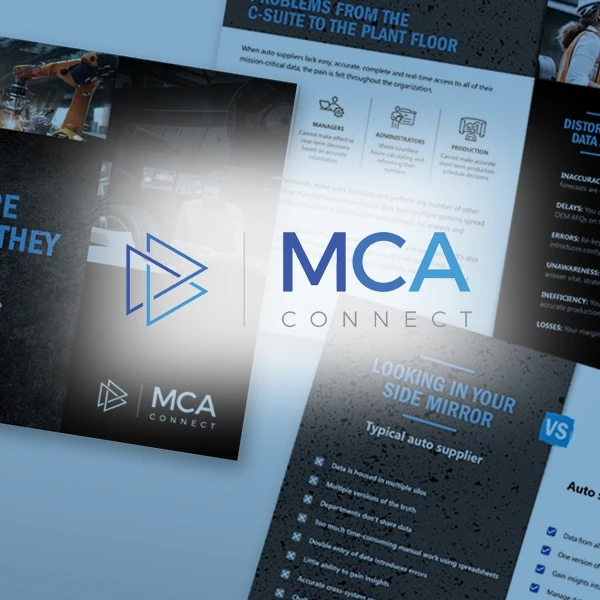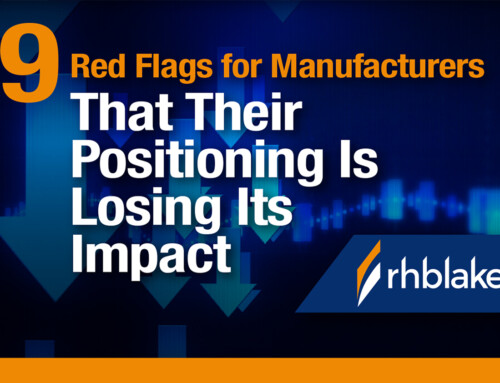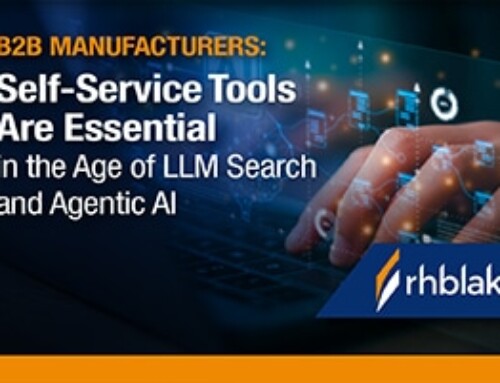According to our recent research study, decision-makers in the B2B manufacturing ecosystem rely on thought leadership throughout their buyer journey. They may be reluctant to take a call from your business development rep, but they are more than eager to read your whitepaper, attend your webinar, listen to your podcast, and in other ways consume your thought leadership.
How to Create Thought Leadership that Influences the B2B Buying Journey
According to our recent research study, decision-makers in the B2B manufacturing ecosystem rely on thought leadership throughout their buyer journey. They may be reluctant to take a call from your business development rep, but they are more than eager to read your whitepaper, attend your webinar, listen to your podcast, and in other ways consume your thought leadership.
A whopping 72% of these buyers indicate that they engage with thought leadership content during the decision-making stage. This means decision-makers are using thought leadership content to both educate other stakeholders on their buying committees, and to inform and justify final purchasing decisions.
To capitalize upon this reality, B2B manufacturers and companies that sell into the B2B manufacturing ecosystem must create and publish the kind of thought leadership that buyers are looking for throughout their buying journey. Here is some tested and proven advice for doing this effectively—and cost-effectively.

Thought Leadership and the B2B Buying Journey
RH Blake defines thought leadership as content that delivers expertise, guidance or a unique perspective on a professional topic. And when we talk about the buying journey, we are talking about the stages that a typical B2B buyer goes through when making a purchase decision, from start to finish.
To keep things simple, let’s picture a buyer journey that consists of three stages: Awareness, Consideration and Decision.
- At the Awareness Stage, the buyer discovers that they have a challenge that they must address. They strive to understand their issue, and to give it a name.
- During the Consideration Stage, the buyer considers remedies for their challenge. These remedies include fixing the issue themselves, buying a product or service, or doing nothing.
- At the Decision Stage, the buyer has chosen to go with a product or service, and narrows that choice to one vendor.
At the awareness stage, the buyer asks, “What is my challenge?” At the consideration stage, they ask, “How do I meet my challenge?” At the decision stage, the buyer asks, “Who should I choose to fix my challenge?” Your goal as a marketer is to create thought leadership content that gives buyers what they need at each of these three stages in their journey. Here’s how.
To illustrate what we recommend, we will use by way of example a B2B manufacturer who is having problems with unexpected equipment shutdowns during production. We are using this fictional use case simply to demonstrate how thought leadership influences buyer behavior at every stage of the buyer journey. Your results will vary based upon your industry, product or service, budget, and more.


Awareness Stage
In the awareness stage, buyers are just beginning to realize they have a challenge or opportunity. Thought leadership at this stage should focus on educating the audience, highlighting trends, and helping them contextualize their needs within a broader framework.
Blog posts and trade publication articles are particularly effective here. Blog posts allow brands to position themselves as knowledgeable industry experts by addressing frequently asked questions, explaining industry trends, or sharing introductory guides. For example, a blog post titled “5 Signs Your Maintenance Strategy Needs Updating” can resonate with buyers beginning to notice inefficiencies.
Trade publication articles reach a more targeted audience, lending credibility through association with a trusted industry outlet. Both formats help buyers gain clarity about their situation without being overtly promotional.
Infographics are also valuable at this stage. Visuals like industry benchmarks, key statistics and process diagrams make complex topics more digestible, particularly for early-stage buyers looking to understand the big picture in general and their issue in particular.
To create this content effectively, focus on addressing buyer pain points with clarity and accessibility. Avoid jargon. Instead, emphasize storytelling, clear visuals and practical examples. Collaborating with industry publications or influencers can also amplify reach and credibility.
Consideration Stage
In the consideration stage, buyers are actively evaluating solutions and narrowing down their options. Thought leadership at this stage should provide in-depth analysis and actionable insights and establish credibility to help buyers make informed comparisons.
Whitepapers and research reports excel here. A whitepaper titled “How Predictive Analytics Transforms Asset Performance Management” provides deep insights into a specific technology or solution, backed by data and real-world examples. Research reports that include industry surveys, case studies or benchmark data allow buyers to evaluate their current practices against industry standards, strengthening the case for change.
Webinars and videos are also highly impactful at the Consideration Stage. Webinars enable manufacturers to showcase their expertise live, often with interactive Q&A sessions that address audience concerns in real time. A webinar on “Reducing Downtime Through Predictive Maintenance: Lessons from Top Performers” might attract buyers eager to learn from peers or experts. Videos, meanwhile, distill complex ideas into engaging formats, such as animations explaining how an APM software platform integrates into existing workflows.
When creating content for this stage, prioritize specificity and credibility. Use hard data and case studies to build trust. Ensure webinars are well-promoted across email and social media, and include opportunities for follow-up discussions or demos.


Decision Stage
At the decision stage, buyers have identified their vendor shortlist and need reassurance that they are making the right choice. Thought leadership at this stage should focus on addressing objections, building confidence and emphasizing ROI.
Keynote talks and eBooks work well here. A recorded keynote on “The Future of Asset Performance Management” by a respected leader from the company can position the vendor as visionary and credible. Buyers at this stage often want to know they are partnering with an innovative, reliable leader. EBooks, such as “A Manufacturer’s Guide to Choosing the Right APM Software,” can provide a comprehensive yet digestible resource that helps buyers validate their decision with clear, actionable insights.
Case study videos are particularly compelling during the Decision Stage. Seeing real-world results from similar businesses provides reassurance that the solution works in practice. Videos can bring customer success stories to life, showcasing tangible outcomes like reduced downtime or cost savings.
To create this content, work closely with sales teams to understand common objections or concerns buyers have during the decision phase. Make content easy to share with decision-makers and influencers within the buyer’s organization, as they may need to advocate for the solution internally. Plus, ensure that they content you create is truly thought leadership, and not simply sales or marketing collateral.
Get Help Along Your Journey
The B2B buyer journey presents unique opportunities for thought leadership to influence decision-making at every stage. By crafting content tailored to the Awareness, Consideration and Decision stages, you build trust, deliver value, and position your brand as the go-to solution for your target audience. Blog posts, infographics, and trade publication articles educate buyers early on, whitepapers and webinars provide depth during evaluation, and eBooks, keynotes, and case study videos offer reassurance as buyers finalize their decisions.
For more than 30 years, RH Blake has helped leading organizations in the B2B manufacturing ecosystem build and execute marketing programs that drive targeted awareness, preference, leads and margin expansion. Our expertise ensures that your thought leadership not only resonates with your audience but also moves the needle on your business objectives.
To dive deeper into how thought leadership can impact long sales cycle offerings, we invite you to review our latest guide, the “2025 Thought Leadership in Manufacturing Report: Thought Leadership’s Impact on Long Sales Cycle Offerings in the Manufacturing Ecosystem.” This comprehensive resource is packed with insights to help you succeed in today’s competitive landscape.

"You guys met our expectations in every way. It [RH Blake Market Research] was the information we were looking for. Congratulations and Thank You!"
 Scott Griggs
Scott Griggs
Director of Services for Food Manufacturing and Food Service
ALS Global

"“I’ve gotten all that I’d hoped for from the RH Blake Growth Roadmap™ and more. Based on the research and insights, we adjusted our offering scope and sales approach. And this adjustment has been effective at generating new opportunities."
 Diane Reko
Diane Reko
President
REKO International

"RH Blake has been an outstanding partner. They deliver creativity, on time, and always so professional. We love working with them because of their perspective, support, and their efficiency in turning projects around quickly."
 Samantha Spano
Samantha Spano
Digital Product Marketing & Communications Manager
Industrial Automation Energy Industries
ABB
Related Clients






